
Tanzania offers an unmatched safari experience because of its stunning landscapes, different wildlife, and vibrant cultures. This in-depth guide will walk you through every step of organizing the perfect safari in Tanzania. This guide will arm you with the insights and knowledge required to make your Tanzanian safari a memorable adventure, whether you're a genuine wildlife enthusiast or a curious traveler. Let's set out on a journey of discovery through the heart of Africa, passing through the majestic Serengeti plains and the breathtaking Ngorongoro Crater.
Discovering Tanzania: The Ultimate Safari Guide
Tanzania Safari - A Window to the African Wilderness
The Tanzania safari provides a front-row seat to the magnificence of nature. Picture seeing a pride of lions relaxing in the African sun or taking in the spellbinding spectacle of wildebeest migration. Tanzania offers some of the best safari experiences in the world thanks to its diverse ecosystems and abundant wildlife. Every moment of a Tanzanian safari is an adventure waiting to happen, whether it's the recognizable Big Five or the vibrant birdlife.
Choosing the Right Time for Your Safari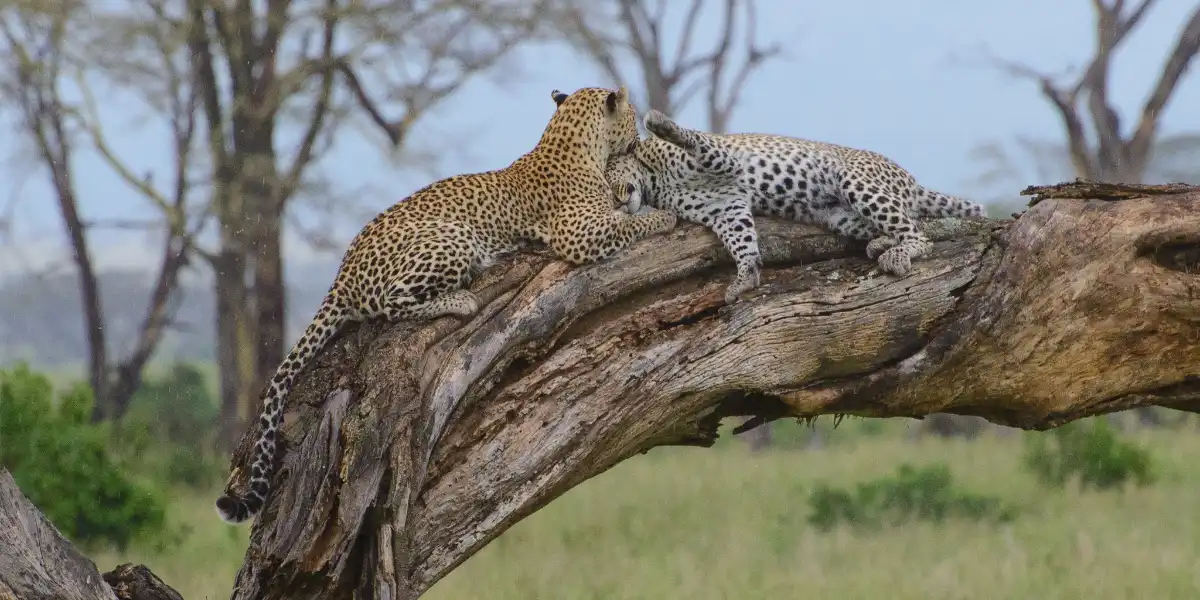
The timing of your safari can significantly influence your experience. The dry season, from June to October, offers optimal game viewing as animals gather around water sources. The wet season, from November to May, showcases the beauty of lush landscapes and newborn animals. Each season has its unique charm, so choose according to your preferences.
Exploring Tanzania's Top Safari Destinations
Serengeti National Park: The wildebeest and other herbivores, numbering in the millions, migrate across the Serengeti's expansive plains in search of greener pastures every year.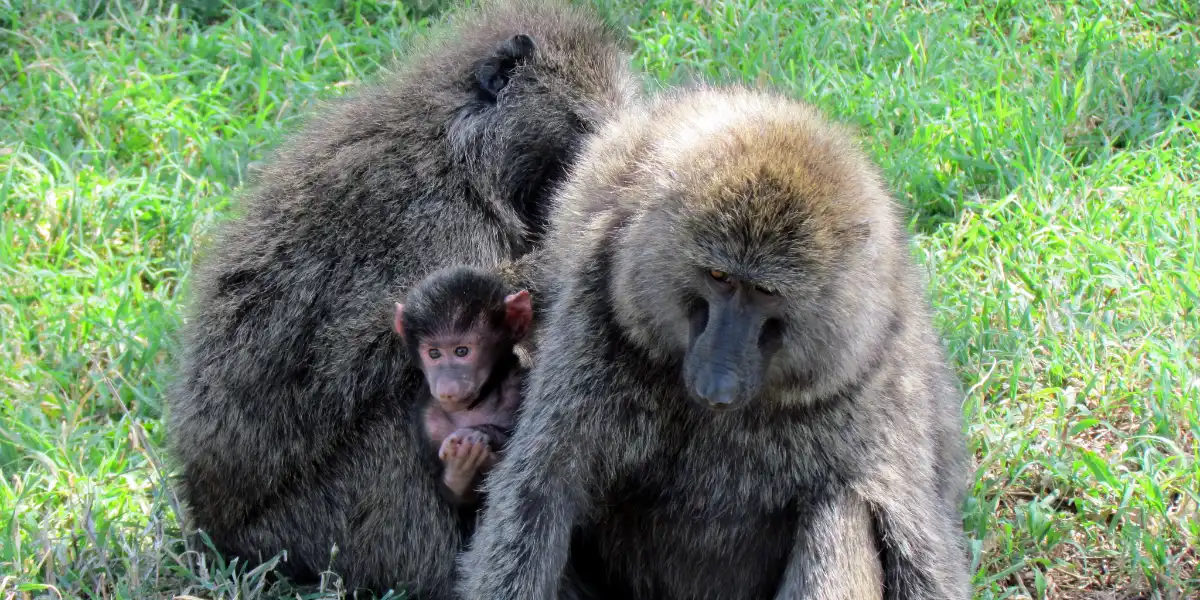
Ngorongoro Crater: This is a natural amphitheater that is home to a remarkable concentration of wildlife, including the critically endangered black rhino. It is a UNESCO World Heritage Site.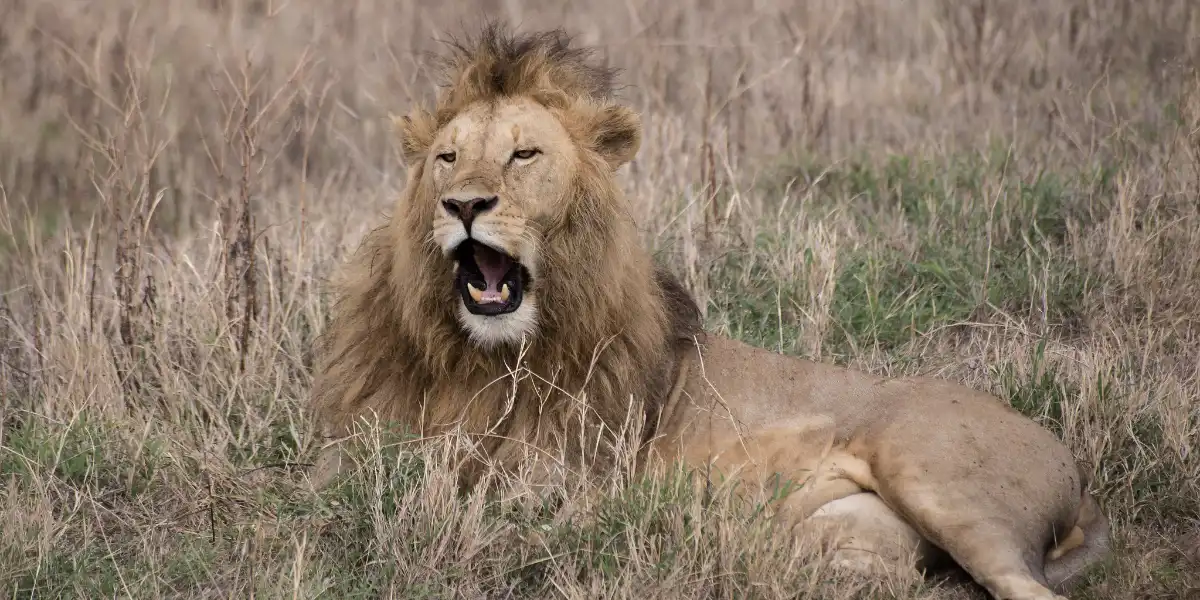
Tarangire National Park: Tarangire promises an off-the-beaten-track safari experience with its impressive elephant population and baobab-studded landscapes.
Selous Game Reserve: One of Africa's biggest game reserves, Selous provides boat safaris along the Rufiji River, giving visitors a distinctive view of the wildlife.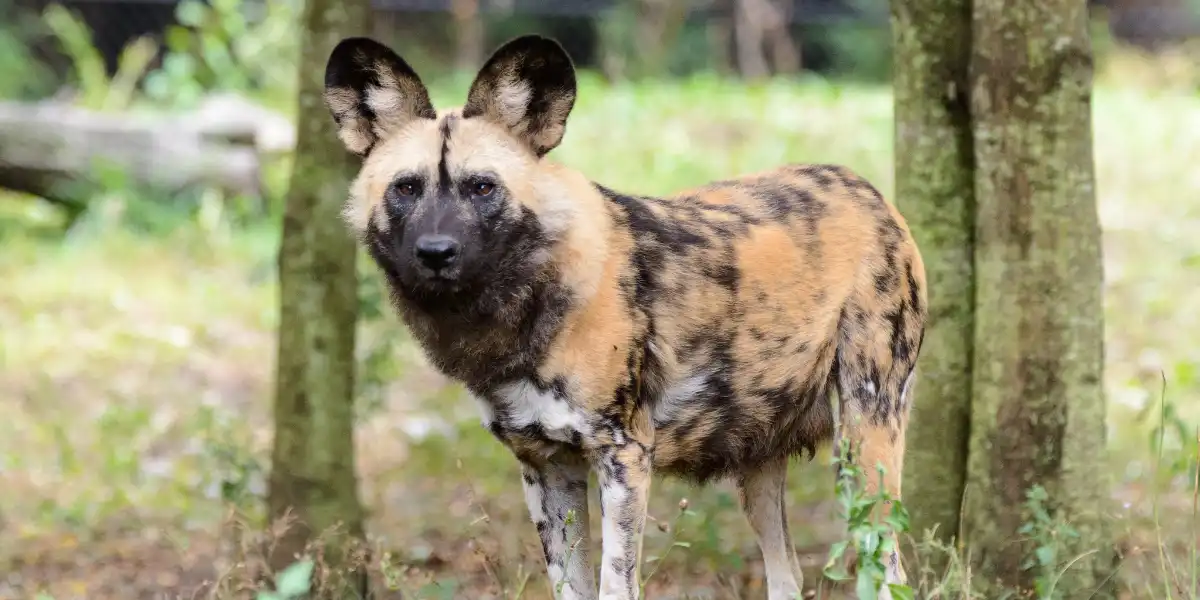
Ruaha National Park: Lions, leopards, and cheetahs can be found freely roaming the rocky terrain of Ruaha, which is a haven for big cats.
Arusha National Park: Arusha National Park covers Mount Meru, an eminent volcano with an elevation of 4566 m, in the Arusha Region of northeastern Tanzania. The park is just a few kilometers northeast of Arusha, though the main gate is 25 km east of the city. It is also 58 km from Moshi and 35 km from Kilimanjaro International Airport (KIA).
Planning Your Safari Itinerary
The secret to maximizing your safari experience is to plan a well-rounded itinerary. Take into account things like the distance between parks, how long you plan to stay, and your preferred type of lodging. Many tour companies provide packages that cover several parks, ensuring you experience Tanzania's diverse wildlife and landscapes.
Insider Tip: Don't rush your safari – spending more time in each location increases your chances of encountering rare wildlife moments.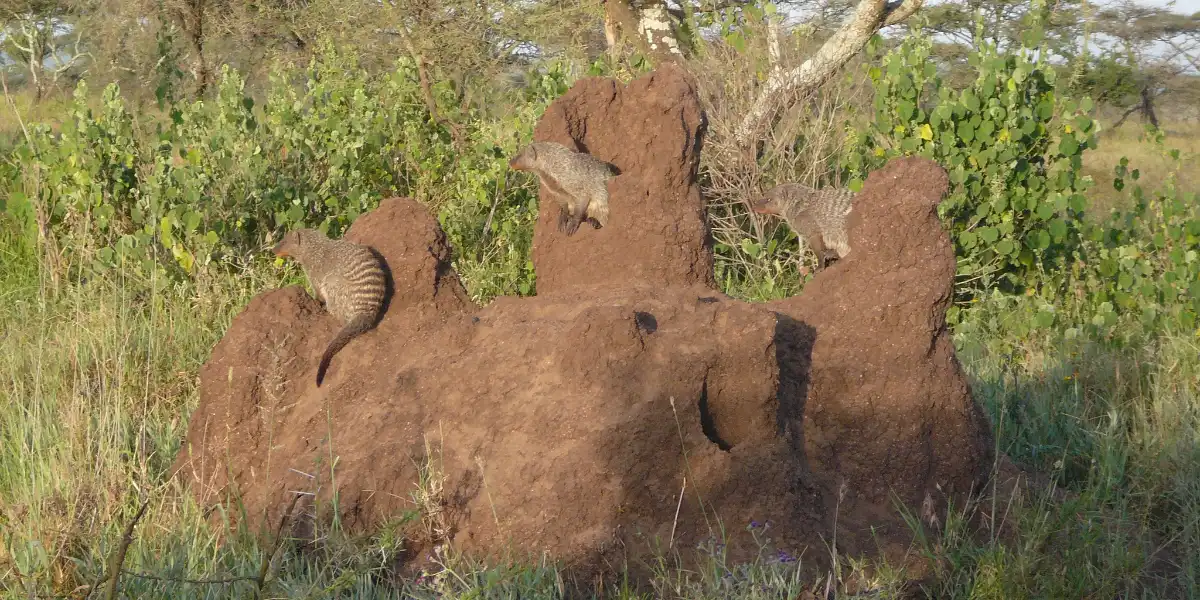
Local Encounters and Cultural Encounters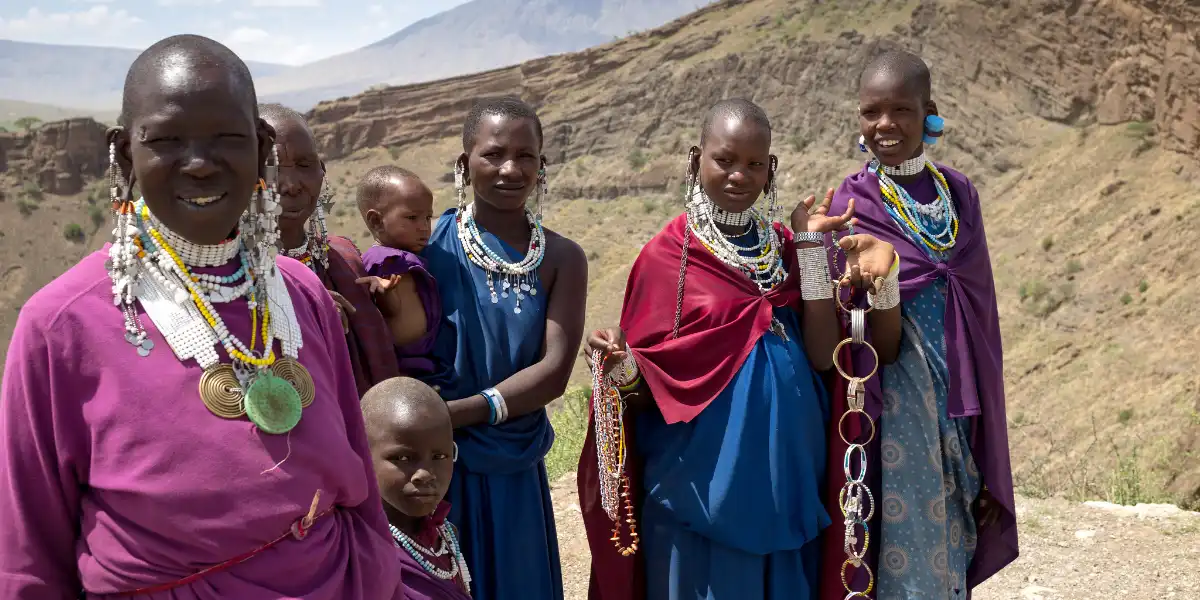
A safari in Tanzania offers you the chance to interact with local people and experience their cultures. Learn about the Maasai way of life by interacting with their vibrantly traditional communities. Visit regional markets, take part in cultural performances, and indulge in genuine Tanzanian cuisine.
Conservation Efforts and Sustainable Tourism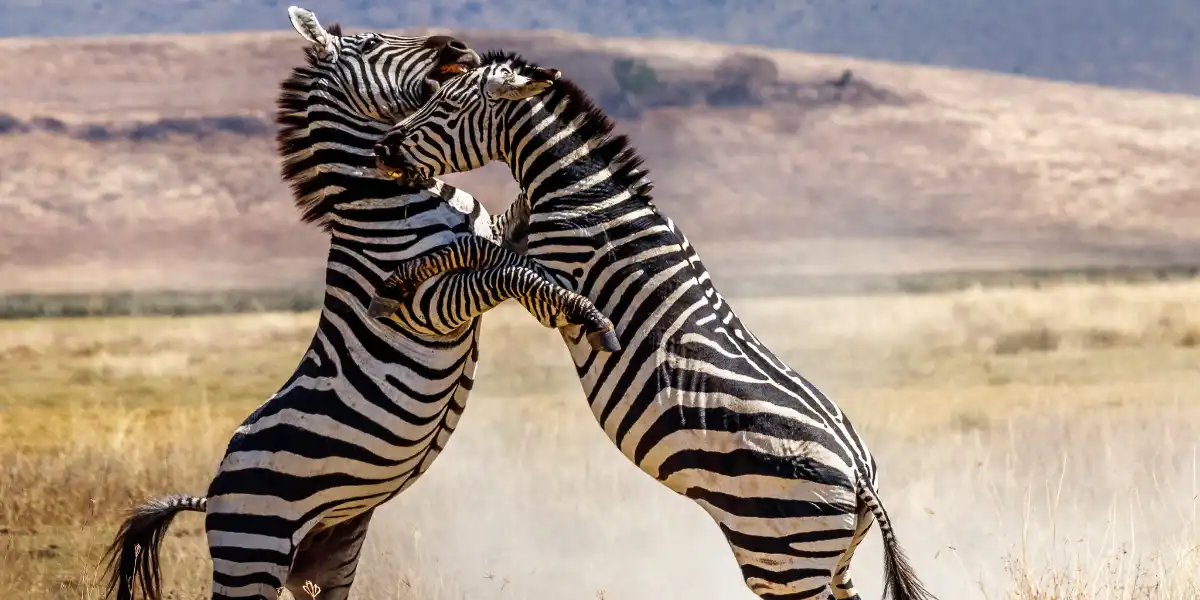
Your safari can help Tanzania's conservation efforts, which it is committed to. Pick eco-friendly lodgings, adhere to wildlife viewing regulations, and assist regional efforts to advance sustainable tourism. You contribute to preserving Tanzania's natural wonders for future generations by being a responsible traveler.
Discovering Tanzania through an unforgettable safari is a journey that promises exhilarating wildlife encounters, breathtaking landscapes, and a deeper connection with nature. By following this ultimate safari guide, you'll be well-equipped to create memories that will last a lifetime. So, pack your curiosity and sense of adventure – Tanzania's wilderness awaits.
FAQs
1: What's the best time to witness the Great Migration in the Serengeti?
A: The Great Migration typically occurs from June to August when wildebeest herds cross the Grumeti River.
2: Are safaris suitable for families with children?
A: Absolutely! Many lodges and camps offer family-friendly accommodations and activities tailored for young explorers.
3: How do I obtain a Tanzanian visa?
A: Most visitors can obtain a visa upon arrival, but it's recommended to check with your local embassy before traveling.
4: Is it safe to go on a walking safari?
A: Walking safaris are usually led by experienced guides and are safe as long as you follow their instructions and stay close to the group.
5: Can I capture wildlife photos with my smartphone?
A: Yes, smartphones with good cameras are suitable for capturing memorable wildlife moments. However, a camera with a zoom lens is ideal for closer shots.
6: What's the significance of the baobab tree in Tanzanian culture?
A: Baobab trees are revered for their symbolic importance as "upside-down trees" and are often associated with myths and folklore.

Boutique Hotel Metlai
2025-05-07 04:54:15
I found decent information in your article. I am impressed with how nicely you described this subject, It is a gainful article for us. Thanks for share it.Best Hotel Zanziba.
bob test
2024-08-29 12:12:39
hii, bob.